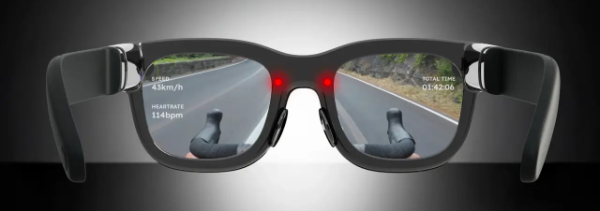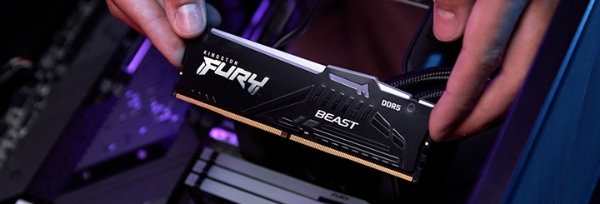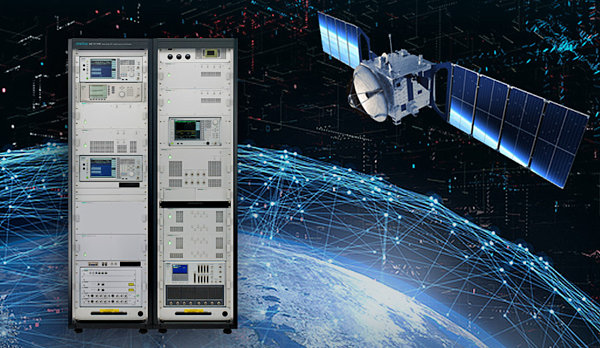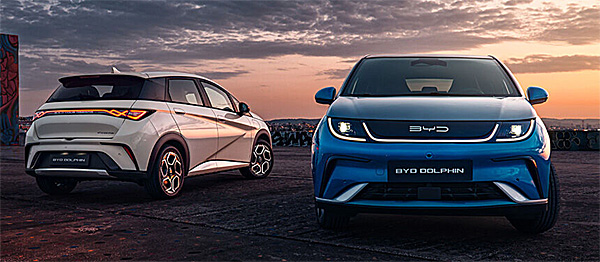![]() Batteries are crucial in the global economy transition with their ability to maintain a balance between supply and demand within the power system.
Batteries are crucial in the global economy transition with their ability to maintain a balance between supply and demand within the power system.
The key to decarbonize the world and fight climate change is electrification powered by renewables, which means electrification of cars (e-mobility), buildings and cities. Hence increased use of solar, wind, hydropower and other low-carbon technologies, such as electric cars, storage capacity, and usage of microgrids and smart grids are the way to shift to a green economy. Electrification can help stop global warming by eliminating greenhouse emissions from the environment.
Out of all of the clean energy technologies, the focus today will be on batteries – a crucial source of power in the sustainable energy future.

The article explains the importance and applications of batteries. We showcase product selection from RND, a brand that provides customers with a comprehensive electronic, electrical and maintenance range of products with value and at low price, and Hy-Line, offering innovative technologies at competitive pricing.
BATTERY ENERGY STORAGE SYSTEMS - LITHIUM-ION BATTERIES
Due to the rising demand for clean energy technology like batteries, wind turbines, solar panels, or electric vehicles, it is predicted that the production of minerals like lithium, cobalt, and graphite would increase tremendously. Current technical advancements and initiatives to electrify the economy rely heavily on lithium-ion (Li-ion) batteries. Due to their superior performance, efficiency, and safety compared to conventional batteries, lithium-ion batteries have become the preferred battery for the majority of electric cars.
The decarbonization of the transportation industry and increasing grid integration of intermittent renewable energy technologies are both made possible by batteries’ quick reaction, modular design, and adaptable installation. A cathode (positive electrode), an anode (negative electrode), and electrolyte serve as the conductors in lithium-ion batteries. These batteries are currently used in everything from mobile phones and computers to electric cars. They are far lighter, smaller, and better able to hold their charge than earlier forms of rechargeable batteries.
Furthermore, the costs of batteries are rapidly dropping around the globe. According to the International Renewable Energy Agency (IRENA), small-scale residential Li-ion battery prices, for instance, have decreased by more than 60% in Germany since late 2014.
ROLE OF BATTERIES IN ENERGY STORAGE SYSTEMS
Batteries enable utilities and grid operators to maintain the dependability of the electrical system by filling up the gaps left by the variable output of wind and solar power plants and preventing the waste of excess energy.
According to IRENA in addition to providing frequency response, reserve capacity, black-start capability (restoring an electric power system), and other grid functions, battery systems can also upgrade mini-grids, facilitate “self-consumption” of rooftop solar power, and store electricity in electric vehicles.
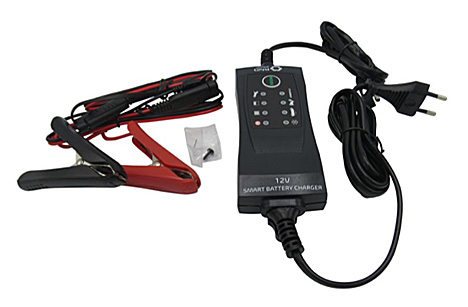
A lead-acid battery charger, RND Power.
ENERGY STORAGE
The contribution of batteries to renewable energy is particularly important because solar and wind power are still variable sources that produce changing amounts of energy. When there is no wind, the sun is obscured by clouds or has set for the night, batteries can store electricity to still work. Batteries enable storing the energy collected earlier, and use it more economically.
As per European Commision, batteries, which are the storage technology with the quickest growth rate, will be essential to achieving the EU target of a 55% reduction in greenhouse gas emissions by 2030.
TRANSPORTATION (E-MOBILITY)
The percentage of battery-powered vehicles is anticipated to increase significantly. Electric vehicles and the batteries that power them not only eliminate fossil fuels from our road vehicles but also increase the amount of intermittent renewable energy in grid systems. It is possible for the supply of renewable energy to outweigh the demand for grid electricity on days that are especially sunny or windy as batteries allow for the long-term storage of energy.
Over the past two decades, lithium-ion is the most commonly used battery to charge electric vehicles. According to the World Economic Forum, the demand for lithium-ion batteries to power electric vehicles and energy storage has grown exponentially, from approximately 0.5 GWh in 2010 to almost 526 GWh a decade later.
GRID ENERGY STORAGE
Electric vehicles will not only be utilised for transportation but will also lower electricity costs for people who have purchased house rooftop solar panels, whether they be public, corporate, or individual investors. In fact, when electricity rates are high, electricity from parked automobiles’ batteries can be used for home purposes or even sold into the grid.
RECHARGEABLE BATTERIES
As one rechargeable battery can replace thousands of single-use batteries, rechargeables are quite effective at lowering carbon footprint. All batteries emit toxic elements like mercury, lead, and cadmium into the environment when they are disposed of in landfills, contaminating the soil and water. However rechargeable batteries are less harmful to the environment because fewer batteries are produced and end up in the waste stream. Lead-acid batteries are also the most environmentally sustainable battery technology. Most of them are made up of more than 90% recycled lead battery material, making it the energy storage technology with the lowest environmental impact.
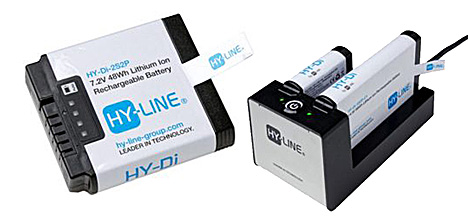
HY-Di Smart Li-Ion Battery Charger.
The HY-Line batteries allow for monitoring of a variety of important battery parameters. The HY-Di batteries offer the consumer a cutting-edge way to monitor lithium-Ion battery packs from any location at any time online. It is possible to utilise SM- or CAN-bus, and the special HY-Di Battery Interface (HBI) using an internet browser to connect to the various HY-Di batteries via the internet.
THE FUTURE OF ELECTRIFIED WORLD
Many people will agree that the future is electric. Undeniably, soon the world will be mostly or even fully charged electrically. Therefore, with this growing demand for batteries, there should be some plans to cut costs so that the world produces enough batteries and electric technologies.
The way to achieve this is finding how to reduce the amount of metals in batteries that are expensive, difficult to obtain, or problematic because their mining has a negative impact on the environment. And to shift towards the green transition society should focus on recycling, therefore improved battery recycling.
By Distrelec


















